Enhanced Safety Features
Safety remains a paramount concern in the Automotive Airless Radial Tire Market. Airless tires inherently provide advantages such as reduced risk of blowouts and improved stability, which are critical for consumer confidence. The design of these tires eliminates the need for air pressure maintenance, thereby reducing the likelihood of tire-related accidents. Furthermore, advancements in tire technology are leading to the development of features such as improved traction and handling, which are essential for various driving conditions. As safety regulations become more stringent, the market for airless radial tires is expected to expand, with projections indicating a potential growth rate of 15% annually as consumers prioritize safety in their vehicle choices.
Rising Demand for Electric Vehicles
The Automotive Airless Radial Tire Market is poised for growth due to the increasing demand for electric vehicles (EVs). As EV adoption accelerates, the need for specialized tires that can support the unique weight and performance characteristics of electric cars becomes critical. Airless radial tires, with their durability and low maintenance requirements, are particularly well-suited for EVs. Market analysis indicates that the EV segment is expected to grow at a compound annual growth rate of 25% over the next decade, which will likely drive the demand for airless tires designed specifically for electric vehicles. This trend presents a significant opportunity for manufacturers to innovate and cater to this expanding market.
Government Regulations and Incentives
Government regulations and incentives play a crucial role in shaping the Automotive Airless Radial Tire Market. Many countries are implementing stricter regulations regarding tire safety and environmental impact, which encourages manufacturers to explore airless tire technologies. Additionally, various governments are offering incentives for the adoption of innovative tire solutions that promote sustainability and safety. These regulatory frameworks not only stimulate market growth but also foster competition among manufacturers to develop advanced airless tire solutions. As a result, the market is likely to see an influx of new entrants and innovations, potentially increasing the market size by 30% over the next five years as companies align their products with regulatory demands.
Environmental Sustainability Initiatives
The Automotive Airless Radial Tire Market is significantly influenced by the growing emphasis on environmental sustainability. As consumers and manufacturers alike become more aware of the ecological impact of traditional tires, the demand for airless alternatives is rising. These tires are often designed to be recyclable and produced with fewer harmful materials, aligning with global sustainability goals. Additionally, the reduction of waste associated with punctured tires contributes to a more sustainable automotive ecosystem. Market data suggests that the shift towards sustainable practices could lead to a 20% increase in the adoption of airless tires over the next five years, as manufacturers strive to meet regulatory standards and consumer expectations.
Technological Innovations in Tire Manufacturing
The Automotive Airless Radial Tire Market is experiencing a surge in technological innovations that enhance tire performance and durability. Advanced materials, such as thermoplastic composites and synthetic rubbers, are being utilized to create airless tires that offer improved resistance to punctures and wear. Furthermore, the integration of smart technologies, including sensors for real-time monitoring of tire conditions, is becoming increasingly prevalent. These innovations not only improve the longevity of tires but also contribute to better fuel efficiency and vehicle safety. As manufacturers invest in research and development, the market is likely to witness a significant increase in the adoption of airless radial tires, potentially reaching a market size of USD 1.5 billion by 2027.


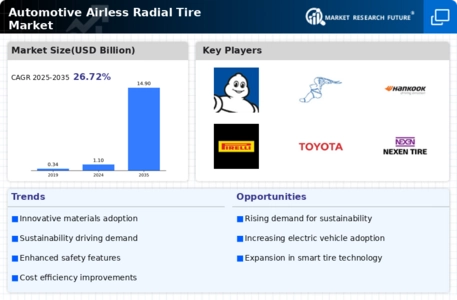
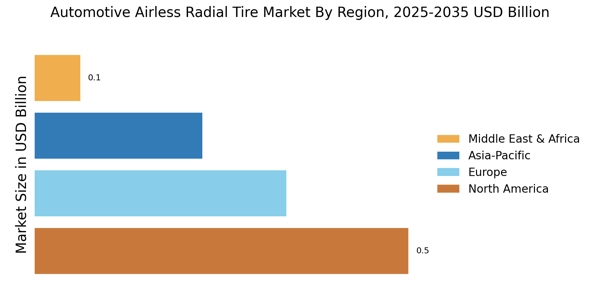
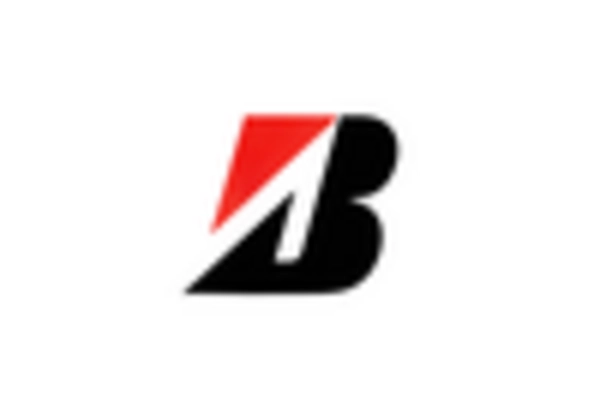


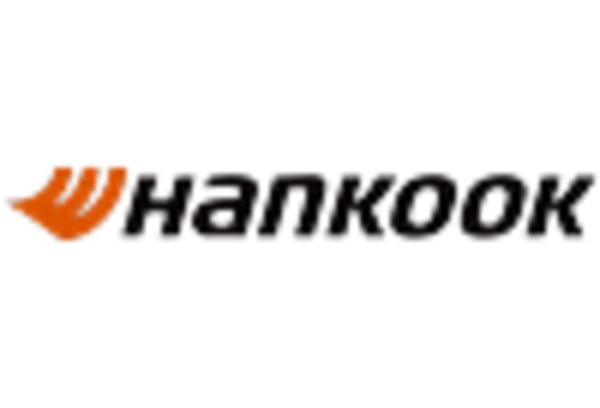

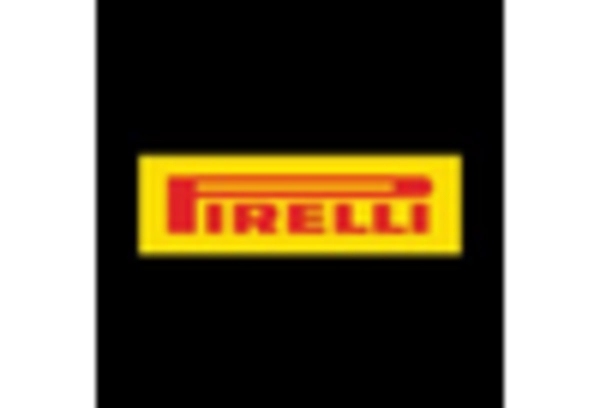








Leave a Comment